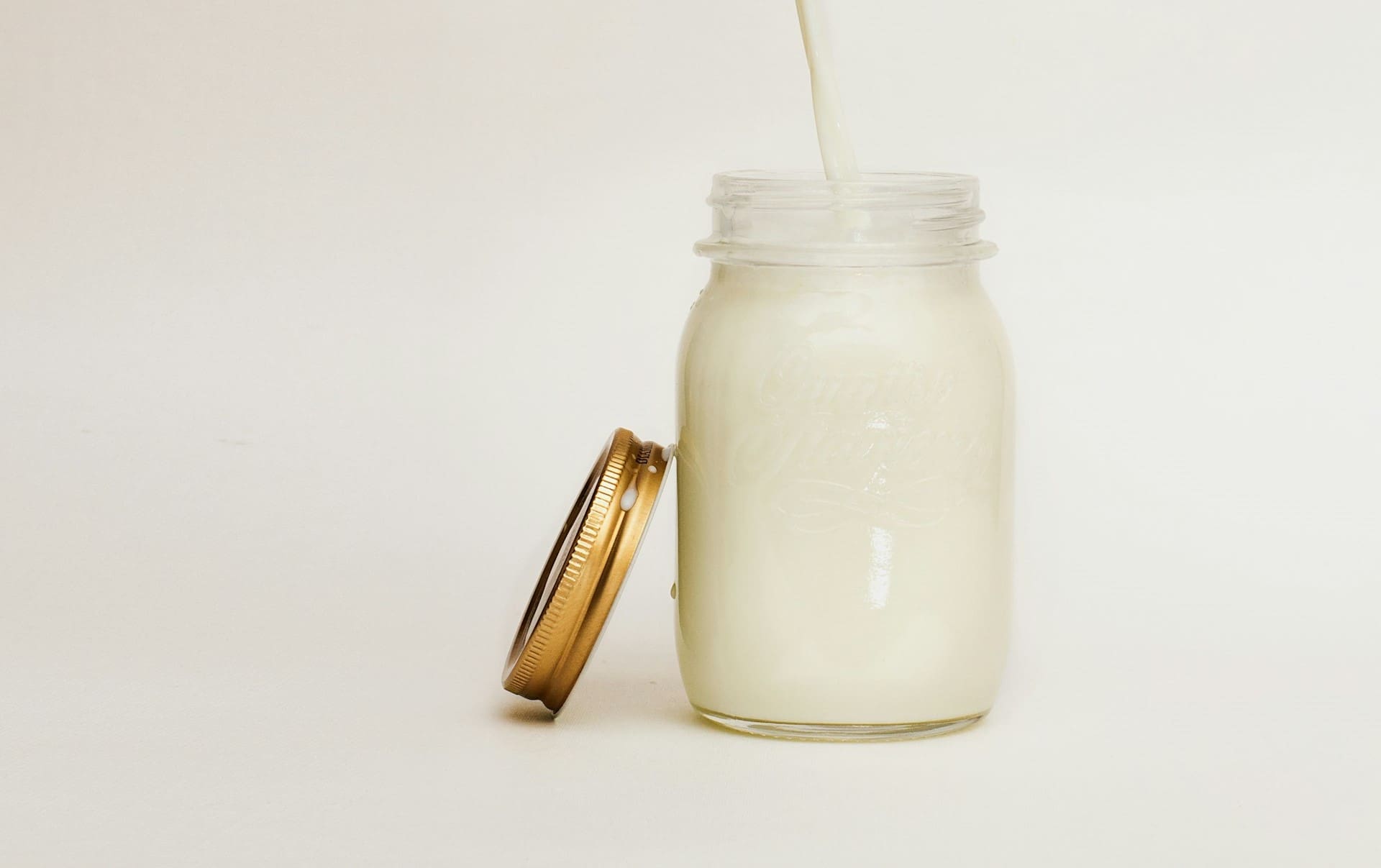
10% Discount on first purchase for New Customers.
Simply sign up to our newsletter and a welcome discount code will be delivered to your inbox.

Simply sign up to our newsletter and a welcome discount code will be delivered to your inbox.
Spend only £20 and use the code noplastic at checkout and a Free Shampoo Bar worth £4.95 will be added to your basket.


Lactic acid, classified as a type of Alpha Hydroxy Acid (AHA), is a chemical compound present naturally in certain foods like raw milk. Additionally, it can be either synthetically produced in a laboratory setting or naturally generated by lactic acid bacteria.
These bacteria, recognized as beneficial microorganisms, engage in the digestion of simple carbohydrates, producing lactic acid along with other by-products such as carbon dioxide and ethanol. To illustrate this process in a simplified manner, envision a scenario similar to the way yeast consumes grapes to produce alcohol when making wine. Similarly, in the fermentation of foods like sauerkraut or yogurt, lactic acid bacteria consume carbohydrates, resulting in the production of lactic acid.
While this analogy might be vivid, it accurately depicts the fundamental process at play. Lactic acid plays a pivotal role in lowering the pH of fermented foods, acting as a natural preservative against spoilage. Additionally, it imparts the characteristic tanginess that can be either adored or disliked by individuals.
It's crucial to note that although lactic acid is naturally present in goat milk, it doesn't categorize as a dairy product. Surprisingly, lactic acid is entirely vegan.
Lots of off-the-shelf skincare products boast high concentrations of chemical lactic acid. Individuals, eager to make the most of the benefits associated with lactic acid, often turn to these potent formulations, such as chemical peels containing lactic acid. However, the intensified levels of lactic acid in these products can provoke adverse reactions,
In stark contrast, the naturally occurring lactic acid found in goat milk soap eliminates the risk of such strong reactions. Instead, goat milk soap offers a gentle and natural approach to unlocking the benefits of lactic acid over time. This makes it particularly suitable for individuals with extremely sensitive skin who require delicate care.

Lactic acid is a naturally occurring compound that can be found in various food sources. Here are some natural sources of lactic acid: